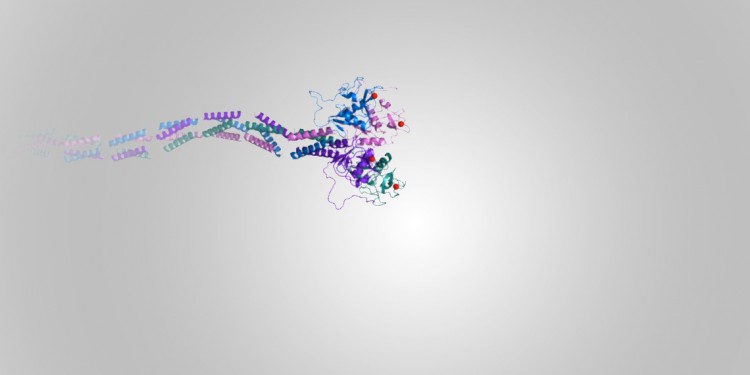
Ligand Immobilization in Protein Interaction Studies — An Unattended Amine Coupling Protocol with Automatic Coinjection Activation

Novel Liposome-Capture Surface Chemistries to Analyze Drug-Lipid Interaction Using the ProteOn™ XPR36 System

Building New Anti-HIV Molecules with Bio-Rad’s ProteOn™ XPR36 System

Immobilization of Active Kinases for Small Molecule Inhibition Studies

Video Tutorial for Analyzing Binding Interactions with Histidine-Tagged Proteins

Highly Efficient Lipoparticle Capture and SPR Binding Kinetics of a Membrane Protein Using the ProteOn™ XPR36 Protein Interaction Array System


